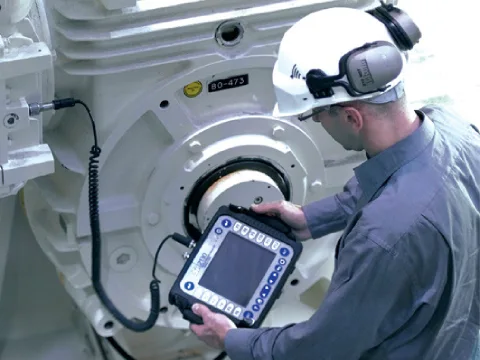

Category II Vibration Analysts are qualified to perform basic vibration analysis using single established procedures, set-up instruments, and maintain a database of results.
Minimum Experience Required: 18 Months
The online training class will commence soon, and will run for 14 sessions. The class will be conducted every Monday to Saturday, from 7:30 PM to 9:30 PM, and will last for 2 hours per day. If necessary, the number of sessions may be extended.
ISO 18436-2
Online
TBD
Physical
The examination is conducted in a physical setting at our testing center located in Bhubaneswar, Odisha, India.
The duration of the examination is 3 hours, during which candidates will be required to answer multiple-choice questions that test their understanding of the course material. The questions will be presented in a format where candidates need to select the best answer out of four choices.
Candidates who successfully complete the examination will receive a certification. This certification is globally recognized and serves as a testament to the candidate's knowledge and expertise in the field of vibration analysis.
ISO 18436-2
3 Hours
Physical
MCQs